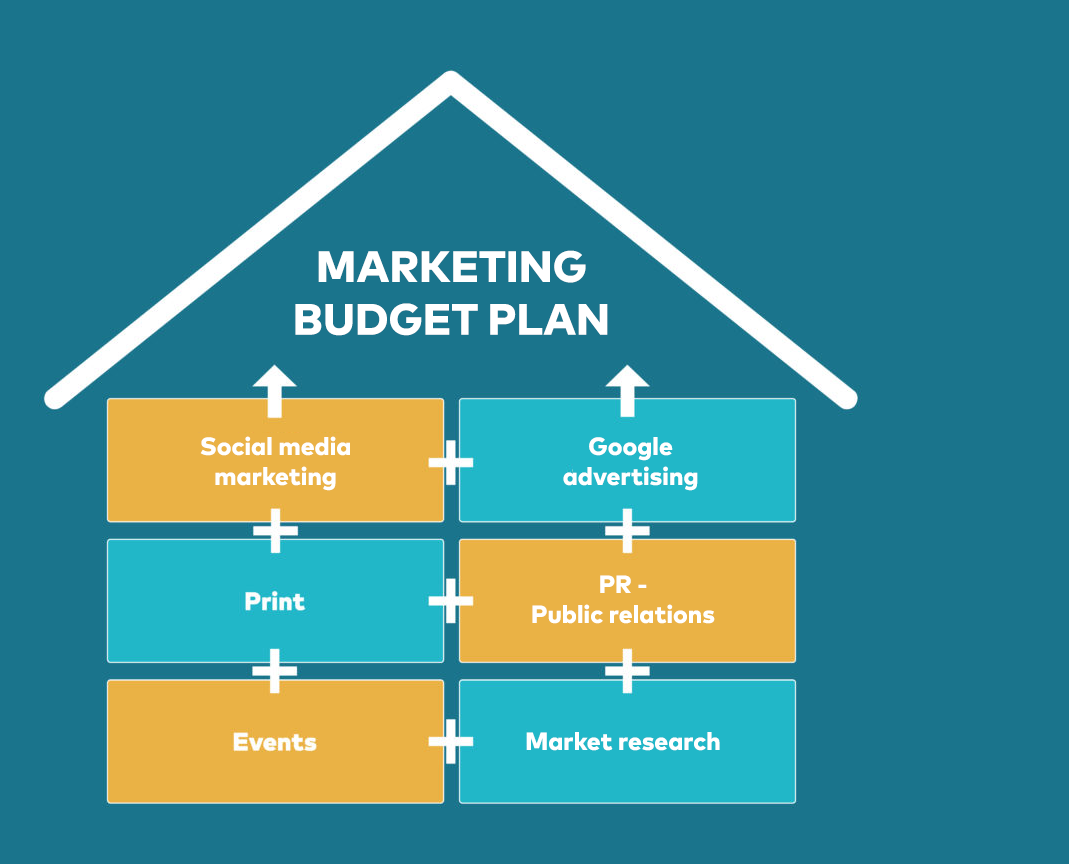Social Media Ad Budget Planning: A Step-by-Step Guide to Smarter Spending
Running ads on platforms like Facebook, Instagram, TikTok, or LinkedIn without a proper social media ad budget planning strategy is like driving with your eyes closed—you’ll waste money, miss goals, and struggle to grow. Whether you’re a small business, startup, or agency, mastering budget allocation can make or break your results.
In this blog, you’ll discover how to structure your ad budget smartly, avoid overspending, and achieve better ROI with every campaign.

Social Media Ad Budget Planning
Why Is Social Media Ad Budget Planning Important?
Before diving into tactics, let’s address the “why.”
Without clear budget planning, you’ll likely:
- Burn cash testing random audiences or creatives
- Under-invest in winning ads
- Miss scaling opportunities
- Struggle to calculate ROAS (Return on Ad Spend)
An effective budget strategy aligns your business goals with ad objectives, whether that’s brand awareness, lead generation, or direct conversions.
Step 1: Set Clear Campaign Objectives
Your goals determine how much you should spend and where. Ask yourself:
- Do I want more brand awareness or sales?
- Am I collecting leads or building a community?
- Is this a test campaign or a proven offer I’m scaling?
For example, awareness campaigns usually require lower daily budgets, while conversion-focused campaigns may need more investment to feed the algorithm enough data.
📌 Related: Facebook Carousel Ad Best Practices
Step 2: Know Your Numbers (Backwards Budgeting)
Work backwards from your revenue goal. Let’s say:
- Revenue goal: $5,000/month
- Average order value (AOV): $50
- ROAS goal: 3x
You’ll need:
$5,000 ÷ $50 = 100 sales
If your ROAS goal is 3x, you can spend up to:
$5,000 ÷ 3 = $1,667 in ad spend
That becomes your rough monthly ad budget.
Use this framework to make data-driven decisions, not emotional ones.
Step 3: Allocate Budget by Funnel Stage
Split your ad budget based on the customer journey:
Top of Funnel (TOFU): Awareness
- 60% of your budget
- Goal: Reach new people
- Ad types: Video views, engagement, traffic
Middle of Funnel (MOFU): Consideration
- 25% of your budget
- Goal: Educate and warm up
- Ad types: Lead forms, blog posts, testimonials
Bottom of Funnel (BOFU): Conversions
- 15% of your budget
- Goal: Drive sales
- Ad types: Retargeting, product demos, UGC
Step 4: Start Small, Scale Smart
Especially for new advertisers or when testing creatives, start with a controlled daily budget—even $10 to $20 per day can provide useful data.
Once you find:
- A winning audience
- A high-performing creative
- A ROAS of 2.5x or higher
…you’re ready to scale.
📌 Pro Tip: Increase budgets gradually (by 20–30%) to avoid resetting Facebook/TikTok algorithm learning phases.
Step 5: Track, Tweak, and Test
Effective social media ad budget planning doesn’t end at launch. Weekly analysis is a must.
Monitor:
- CPM (Cost per 1,000 impressions)
- CTR (Click-through rate)
- CPC (Cost per click)
- ROAS
Kill underperforming ads early. Reallocate budget to high-converting ones.
👉 Looking to improve your ad performance? Check out our post on Instagram Reels Marketing Tips
External Tools to Simplify Budget Planning
Consider using free or premium tools like the Meta Ads Budget Calculator to determine spending based on your objectives and timeframes. You can input your campaign goals and get a recommended daily/monthly spend instantly.
Call to Action: Let’s Plan Your Budget Like a Pro
Still unsure how to allocate your ad spend effectively?
📞 Book a free 20-minute strategy session where we’ll audit your existing campaigns, set realistic goals, and build a custom budget plan tailored to your business.
Social media ad budget planning doesn’t have to be overwhelming. With the right framework and consistent analysis, you can turn even small budgets into profitable campaigns. Start with clear goals, work backward, split budgets across the funnel, and test until you find what works.
Remember, every dollar you spend should have a purpose—and now, you have the blueprint to make it count.







